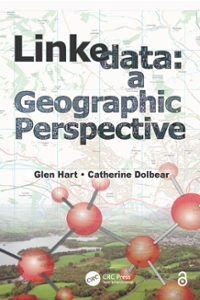Answered step by step
Verified Expert Solution
Question
1 Approved Answer
Problem description A company specializing in the archiving and printing of digital photos wishes to implement a new database for its management. The database must
Problem description
A company specializing in the archiving and printing of digital photos wishes to implement a new database for its management. The database must respect the following constraints:
A client is identified by a unique number, and is characterized by his name, his postal address considered as a single field and his email address.
Each digital photo is identified by a unique number. A photo is also characterized by a file name, the date of its download, and the photo's metadata containing the type of the image: jpeg, gif,
The photos are of two types. The identity image type is characterized by a specific size. The type of landscape image is characterized by its color and framing.
An order is characterized by its number and its creation date.
A photo print is characterized by the client who has placed a given order and including the list of photos forming part of the order.
Some photos can be presented in one or more albums An album is identified by a unique number, a label and creation date. It is possible to save the number of photos per album.
Questions
You will write a complete script for your entire project that includes:
Creation of tables
Filling of tables inserting data into tables
The queries question one by one with the data necessary for their verification a query having no results is not considered valid
Part: ER Model CLO
Write the ER model of the above description. Specify the keys to the entity sets and relationships.
Part: Mapping CLO
Write the relational model from the previous ERM
Part: CLO
Considering the following relational model:
CUSTOMER NUM QUS, NAMECUS, ADRCUS, EMAILCUS
ORDER NUM ORD, DATEORD
PHOTO NUM PHO, FILEPHO, DOWDATPHO, METDPHO
PRINT #NUM CUS, #NUM ORD, #NUM PHO, NEXEMP
Write the SQL DDL code for the creation of different tables you can use ORACLE express edition, ORACLE express edition, Oracle Live SQL or any other tool
Fill the tables with different data to different fields.
Part: RELATIONAL ALGEBRA & SQLDMLCLO
Let's have the following queries:
List the emails of all clients. Relation AlgebraSQL
List of all the orders placed on Relation AlgebraSQL
List of all files of the photos ordered on Relation AlgebraSQL
List of all files of the photos ordered on as well as the name of their respective client. Relation AlgebraSQL
Find the list of photos that have not been printed. Relation AlgebraSQL
Give the number of photos NUMPHO that are printed or that are downloaded before use the union operatorRelation AlgebraSQL
Give the number of photos NUMPHO that are printed with exemplary number more than and that are downloaded before use the intersect operatorRelation AlgebraSQL
Find all photos in "jpeg" type. SQL
For each client, give the total of the exemplary printed. SQL
For each client give the number of orders during the year ; the result must be given in ascending order of client number. SQL
Give the biggest exemplary number. SQL
Give the average of exemplary number for the year SQL
For each photo, give the namber of times it was printed in total. SQL
Write in relational algebra queries of your choice from
Translate queries from the questions below from to into SQL DML queries
Part: PROJECT REPORT CLO
Include all parts from to in the report
Add screenshots of the different results obtained for each SQL query,

Step by Step Solution
There are 3 Steps involved in it
Step: 1

Get Instant Access to Expert-Tailored Solutions
See step-by-step solutions with expert insights and AI powered tools for academic success
Step: 2

Step: 3

Ace Your Homework with AI
Get the answers you need in no time with our AI-driven, step-by-step assistance
Get Started


